Back to Life Fashion Trends That Have Been Resurrected This Year
In other parts of the world, Easter is celebrated as a family holiday with bunnies and eggs serving as props, while people take advantage of the fourday weekend to take a break from some of life’s overwhelming demands. Similar to how Christmas is often made about an old white man with a beer belly in a red and white costume, who goes by the alias ‘Santa Claus,’ Easter has, over the years, been marketed with an animal— bunnies—and an animal byproduct, eggs. But those are not the reasons why we have two days off work. For our Muslim congregation that doesn’t understand why there is a Good Friday and an Easter Monday, it is because of a story in the Bible, themed around the death and resurrection of Jesus Christ.
Although the resurrection of life feels surreal and—some might say—unreal, the coming back to life of fashion trends is quite commonplace. Fashion trends are often recycled in a time loop, and so every other decade, different looks, styles, and accessories take turns to resurface in mainstream media, influencing runway collections and ultimately everyday people’s looks. In recent times, we have seen several fashion looks be brought back to life; some of them modified to meet the demands of modern-day fashion staple requirements, others left exactly how they were centuries ago. We highlight some of these trends as we trace back their history, their communal deaths, and resurrection here in Nigeria and in several parts of the world.
To put this list together, we got input from renowned stylist Rhoda Ebun and fashion journalist David Nwachukwu.
70s Bohemian Fashion
Bohemian style in fashion is strongly related to hippie fashion, in which natural fabrics, retro patterns, neutrals, and warm shades merge with ’70s style accents and a flair for statement accessories.
Bohemian style is more than just a fashion trend. It’s an actual culture in its own right, one that comes with a very specific ideology and complicated history. While it’s closely associated with the hippie fashions of the ’60s and ’70s, these days, bohemian fashion is part of the mainstream culture. But the fact is, boho fashion, as it is loosely called, actually started as a counterculture back in the 19th century. Today, the wide variety of boho clothing and accessories make the style an actual phenomenon, one that follows the lines of effortless, relaxed fashion, with its loose-fitted clothing items, casual accessories, and an overall artistic, creative mishmash of elements. The fashions labelled as bohemian represent the lifestyle ideology that comes with it: an alternative to the traditional way of dressing, paired up with an equally alternative, more liberated lifestyle and a social stance against everything from materialism to society’s constraints.
Bohemian style is defined as an alternative type of fashion, different from the mainstream trends of any given period in time. In fact, this exact definition applies to the entire history of the trend. Over 200 years ago, bohemian was a term referring to an exotic style sense, usually associated with the artists of the time, as well as with writers and certain eccentric intellectuals. Bohemian style comes with a long history, with its aesthetic originating in the late ’60s and ’70s. Also called ‘boho chic’ or ‘boho’, the style features a variety of natural materials, earthy shades, and hippie-inspired patterns. It is laid back, unconventional, and highly expressive. Like hippies, bohemians are free-spirited and refuse to dress in order to conform. Bohemians are often romantic, with a wanderer-like lifestyle, similar to hippies.
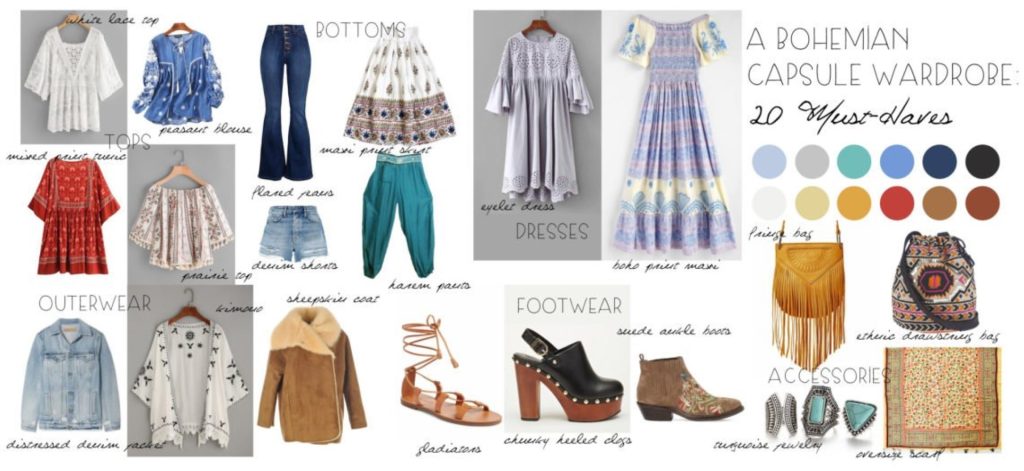
A Bohemian Wardrobe
The origin of the bohemian style is strongly correlated with the bohemians, a counterculture that appeared in France after the French Revolution. The era saw many artists plunge into poverty, as a result of being deprived of the former system of patronage.
With time, Bohemians’ style evolved considerably. What started as a necessity (dressing poorly due to poverty) became an ideology – one against materialism, pro communal living spaces, against social conventions, and often against personal hygiene. Later on, the Bohemians took part in the Aesthetic Movement, which stood against the stiff corsets and crinolines of the era. As a result, the Aesthetic Movement followers embraced a new lifestyle and new style of clothing, focused on loose fits, hand embroideries, and medieval-inspired designs. The literature and music of the time began referencing the newlydeveloped counterculture, with artists like Henri Murger and Puccini dedicating masterpieces to the Bohemians.
- Yagazi Emezi
- Lenny Kravitz
Top influencers of the boho trend include Chaka Khan, Beyoncé, Zendaya, Lisa Bonet and Lenny Kravitz, and more recently, their daughter Zoë Kravitz.
In Nigeria, we can infer that the Bohemian lifestyle has been heavily interpreted within a section of the creative scene popularly referred to as ‘alté’, which is short for alternative. Alté, which also denotes a genre of Nigerian music that is not mainstream, has become a community for creatives who live a liberated lifestyle not conforming to society’s dictations of how they ought to dress.
’90s Platform Shoes
Platform shoes have in recent times skyrocketed in popularity. Whether it be a trainer, a sandal, a chunky formal shoe, or somewhere in between, the elevated style is certainly making a comeback.
Platforms offer more stability than soaring stilettos, while still allowing wearers to feel like the main character. Reflecting their eyecatching nature today, the shoe originated in 220 BC when ancient Greek actors would wear a similar style on stage to denote how central a character was. The footwear was adopted by many different regions and cultures for the next two millenniums and was first introduced to modern Western audiences with Salvatore Ferragamo’s iconic rainbow shoes. Initially designed for Judy Garland in 1938, the shoe captured the attention of fashion lovers for its multicoloured suede layers and dazzling gold straps. Since then, the style has been embraced by myriad designers, ranging in boldness and functionality.
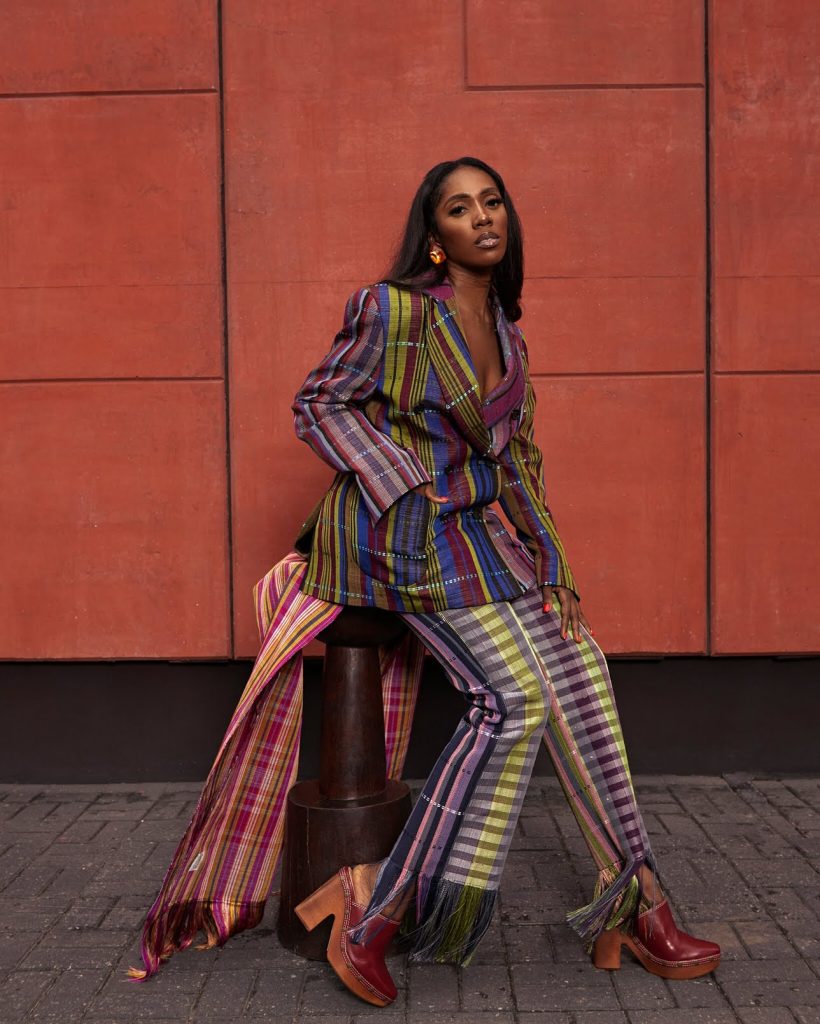
Tiwa Savage In Platform Heels. Credit – Kenneth Ize For New York Times
In May 2021, Alice Newbold, Vogue.co.uk’s Senior News Editor, wrote an article following the trend’s emergence within Autumn/Winter 2021 collections across an array of brands. Fashion giants such as Loewe, Versace, Prada, and Simone Rocha have all taken to the trend, releasing their staggering renditions on catwalks and in campaigns recently. While towering platforms have always been a staple for fashion houses like Vivienne Westwood, the designer’s classic, sky-high Ghillie shoes have been making a comeback as well. First made famous by a runway fall by Naomi Campbell in the ’90s, they have recently been spotted on Tiwa Savage quite often. While the average wearer isn’t reaching for these eyewatering high shoes for a night out, platforms of more conservative heights still grant their owners a bit of pep in their steps.
- Naomi Campbell Wearing Platform Heels On The Runway In 1993
- Embellished Platform Clogs BALENCIAGA
Of course, the most versatile, common iteration of the contemporary platform is the trainer. Boosted in popularity by the Spice Girls in the ’90s, sneakers such as those from the legendary Buffalo brand, and others following in their footsteps, began gaining traction towards the end of the 2010s as the trendiness of the ballet flat began to die out. The platform trainer’s comfortable wearing experience paired with stand-out silhouettes have been adapted by seemingly everyone, finding potent examples in Eytys and Converse. Even Crocs has taken to the trend, expanding its demographic through a number of high-profile collaborations, the most famous rendition of which being Balenciaga’s 2017 take on the shoe.
The ‘70s – ‘80s Denim On Denim
There’s no doubt about it: Jeans are the most versatile item hanging in our closet. No matter when you wear them, where you wear them, or how you wear them, there are a pair of jeans to fit nearly every mood and occasion. It’s no wonder, then, that denim is considered a wardrobe essential.
Since the late-19th century, jeans have gone from rugged workwear to fashion apparel that we couldn’t live without (or at least wouldn’t want to, anyway). Social, political, and pop culture have all played a role in denim’s evolution, and the trends that have come and gone—and come back again— throughout its nearly 150-year history.
From groovy bellbottoms to low-rise hip-huggers, keep reading to learn about the history of jeans and the most popular denim styles over the decades. Back in the day—the mid-1800s to be exact— dungarees a.k.a. “waist overalls” were all the rage. And not because they were stylish, but rather, practical. The brainchild of businessman Levi Strauss and tailor Jacob Davis, blue jeans combined metal rivets to denim trousers to create a durable uniform that stood up to the rough-and-tumble work of the ’49ers (the Gold Rush miners, not the football team). Workwear as we knew it had been revolutionized and would never be the same.
Jeans as workwear continued throughout the 1920s and 1930s, especially in the American West among miners, cowboys, and labourers. But it wasn’t until Hollywood took this trend to the silver screen with its Western films that jeans entered mainstream culture. On the fashion front, Levi’s® became the first item of clothing to have a designer label (its signature red tab) on the outside. And Vogue featured its first model in denim on the cover in the ’30s, hinting that jeans could perhaps be a fashion statement and not just sensible clothes for working folk.
Only in the 1950s was this fabric considered fashionable as more people, specifically the cowboys started to use it for casual wear. Denim on denim became popular around the ’70s and ’80s, especially amongst celebrities which influenced the public to slather themselves with the fabric. Denim continued to be used as a vital material in the manufacturing of clothing and was produced with a primary focus on jeans, shorts, skirts, shirts, and jackets. However, the double denim craze faded out after the ’80s as it was deemed uncool by society, and the pieces were preferred to be worn individually.
- Winnie Harlow Wearing Denim On Denim
- CeeC Wearing A Denim Shirt And Shorts
- Amandla Stenberg Wearing Denim On Denim
Red carpets have become a main source of inspiration for new trends since many people use those spaces to experiment with fashion. Today, the denim on denim trend is still very popular around the world. The start of the second millennium may have been a while ago but we still carry with us a few of its fashion trends.
Several celebrities have since welcomed the return of denim on denim with CeeC and Winnie Harlow particularly catching the eye.
’60s Bell Bottoms
Despite how fashionable they are and will continue to be, bell bottom pants originated in the 19th century for reasons completely void of the influence of fashion. They were first worn by sailors serving in the US Navy who were not yet provided with a uniform.
This style was later adopted by the British Royal Navy as a part of the official uniform in the mid-19th century. Bell bottoms were picked primarily because the wide leg of the trousers could be easily rolled up which made them functionally ideal for sailors.
It wasn’t long until bell bottoms made their way from sailor uniforms to mainstream fashion in the 1960s but truly peaked in popularity in the 1970s. Bell bottoms reached icon status when they were worn by Sonny and Cher on The Sonny and Cher Comedy Hour.
Following this, bell bottoms exploded into such wild popularity that they became the defining clothing item of the decade. Usually worn with clogs, Cuban-heeled shoes, and Chelsea boots, these combinations are still popular today.
In the 1990s, bell bottoms made their first comeback under a new moniker: boot-cut jeans and pants. Boot cut pants were redesigned to feature a slightly smaller flare. The bell bottom-style pants often were embellished with ruffles, embroidery, studs and other designs to make them more modern to compliment the accessory-focused fashion of the ’90s.
Following that popular resurgence, bell bottoms continued to make sporadic comebacks each decade and consistently influenced fashion over time. The current resurgence of ’70s fashion can be traced directly back to Alessandro Michele.
Soon after Alessandro Michele took over as Creative Director of Gucci, bell bottom pants as well as other retro staples from the ’60s, ’70s, and ’80s became synonymous with the house. Vogue described his debut collection: “A Gucci girl is an ingenue with an eccentric side, one who looks as though she’s picked out her clothes at estate sales and vintage stores, and mixed them magpie-style with handfuls of heirloom rings, chunky rimmed glasses, the occasional pompom hat, and fur-lined horse-bit loafers,” said a Vogue.com writer about Michele’s debut collection in 2015.
Long-time Gucci fan Harry Styles has flaunted his love for bell bottoms as part of his personal style as well as his stage wardrobe with a slew of other male celebrities and fashion houses following suit.
- Adekunle Gold In Bell Bottoms
- Ebuka Wearing Bell Bottom
Perhaps it was also Jeremy Scott’s Fall 2017 collection which featured a pair of Fuschia bell bottom trousers that set into motion the migration back to ’70s fashion and the maximalist ensembles that peaked from 2019 through early 2021. In Nigeria, a few courageous men have been spotted pulling off the bell bottoms. The usual suspects, Noble Igwe, Ebuka, Falz, Adekunle Gold and Adebayo Oke have recently worn bootcut.
’80s Shoulder Pads
Shoulder pads, the polarizing ’80s trend, are back! The 1980s are known as the decade of exaggeration, opulence, and brilliance. After months of wearing pieces that prioritise comfort, there is nothing like a little display of stylised fashion to refresh your wardrobe. Even back when they were popular, shoulder pads were a polarizing fashion choice, with folks either loving the look or absolutely hating it. A trend that was strong decades ago makes its triumphant return this season: the shoulder pads. They can be used in various pieces of clothing, from blazers to dresses, adding more style to one’s look. Hailey Bieber, Megan Fox, and Ciara have already bet on this trend that will mark the season. But it’s not just celebrities who are investing in shoulder pads; they were seen in the Fall/Winter 2021 collections of Burberry and Gucci.
- Ciara
- Nancy Isime In Shoulder Pads Fashion
- Nengi In Shoulder Pad Fashion
- Osas Ighodaro In Shoulder Pads Fashion
Not only are shoulder pads back, but L’Officiel had declared that “80’s shoulder pads are the trend of the season.” In Nigeria, fashion houses like Tubo have also incorporated the shoulder pads trend into most of their designs.
Sheer Tights (Monogrammed)
Our transformed lifestyles have stripped anything potentially uncomfortable or clingy of all appeal. With the exception of tights, that is. Designers have made fashion tights a (relatively) accessible entry point to some of the world’s most desirable brands. The springboard for the movement was Chanel’s autumn/winter 2020 showcase: double-C monogrammed pairs were styled with almost every look at Virginie Viard’s autumn/winter 2020 showcase. The following season, designers were still hung up on hosiery. Marine Serre presented pairs emblazoned with her signature lunar logo; at Saint Laurent, they were sheer and spotty, and London Fashion Week darling Molly Goddard injected hers with fabulously bright colours.
Moving on from traditional tights, for autumn/winter 2021, Chanel’s iconic logo took shape as sparkling garters and glittering detail at the top of snow-white stockings. Stockings also captured the imagination of Supriya Lele, whose innately sexy take – jet-black and leg-lengthening – was enough to tempt the most committed hosiery-phobe to give them a whirl.
The advent of stockings is a sign of dressier times ahead – apt considering their historic associations with liberation. Wartime rationing meant nylon was out of reach for women who took to painting “seams” down the backs of their legs to create the illusion of stockings, and their post-war return sparked a consumer frenzy.
Sheer black tights – previously viewed as the preserve of ’80s glamourpusses – are the easy partydressing update for winter.
Retailers have seen the popularity of sheer styles growing over the past few years. Marks & Spencer report that for every pair of opaques, a woman will buy three pairs of sheer tights. The high-street chain has responded by diversifying its range. It has introduced Warm Toes this year: sheer 10 denier tights with merino wool toes to keep their wearer warm and stylish at the same time. The sheer revival started on the Saint Laurent catwalk in September. For the brand’s spring/ summer 2015 collection, designer Hedi Slimane paired skirts with very sheer black and grey tights. They brought an edge of off-kilter glamour to a collection based around groupie style, where the black opaques of the ’60s, favoured by the likes of Edie Sedgewick, may have been a more obvious choice.
Celebrities have quickly adopted the trend. Rihanna wore a Stella McCartney jacket with only a pair of sheer tights at December’s British Fashion Awards and Rita Ora opted for sheer holdup stockings. Taylor Swift, Kate Moss, and Alexa Chung have all been spotted in patterned versions. The Duchess of Cambridge, meanwhile, favours natural sheer tights. “After decades of opaques being the go-to, the ‘naked leg’ phenomenon was sparked when Kate Middleton channelled the elegant ladylike look,” says Soozie Jenkinson, head of lingerie design at Marks & Spencer. Maria Williams, a lingerie buyer at Net-a-Porter, says skin-coloured sheers are the most popular on the site, and sales have doubled since last year. She puts this down to “the huge trend of the micro mini skirt” and customers wanting the bare-leg look throughout the year.
- Rihanna For Vogue
- Toke Makinwa In Balenciaga Sheer Tights
The feeling in fashion circles, however, is that the current vogue for black sheer tights may be a one-season wonder. The opaque will rise again because it works as a style statement and is wearable for people of different ages and body types. The appeal of sheer tights, by contrast, is limited.
“I would say that to wear sheer tights you have to have good legs and enjoy wearing heels,” says Rebecca Lowthorpe, the assistant editor of Elle. “Somehow they go together.” She adds that sheers only really work for a younger generation for whom they are a novelty. “It’s an era – the late ’70s, early ’80s with Lorraine Chase, orange blusher, green eyeshadow, lots of hairspray, and sheer polka-dot tights,” she says. “All of which is fine if you weren’t there the first time around.” In Nigeria, picture-perfect celebrities like media personality Toke Makinwa and reality TV star Nengi Hampton have been spotted in these sheer tights.
Self-identifies as a middle child between millennials and the gen Z, began writing as a 14 year-old. Born and raised in Lagos where he would go on to obtain a degree in the University of Lagos, he mainly draws inspiration from societal issues and the ills within. His "live and let live" mantra shapes his thought process as he writes about lifestyle from a place of empathy and emotional intelligence. When he is not writing, he is very invested in football and sociopolitical commentary on social media.


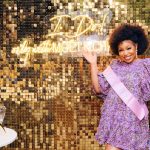

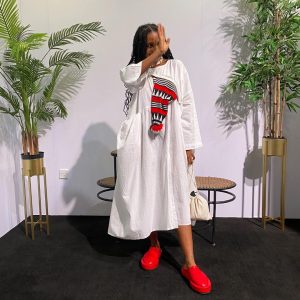
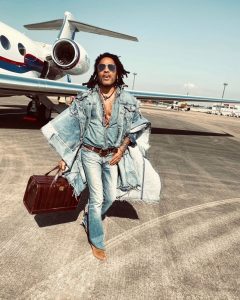
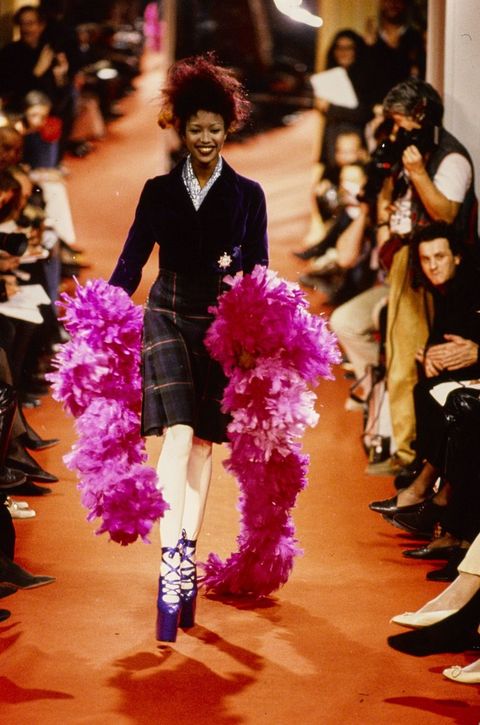
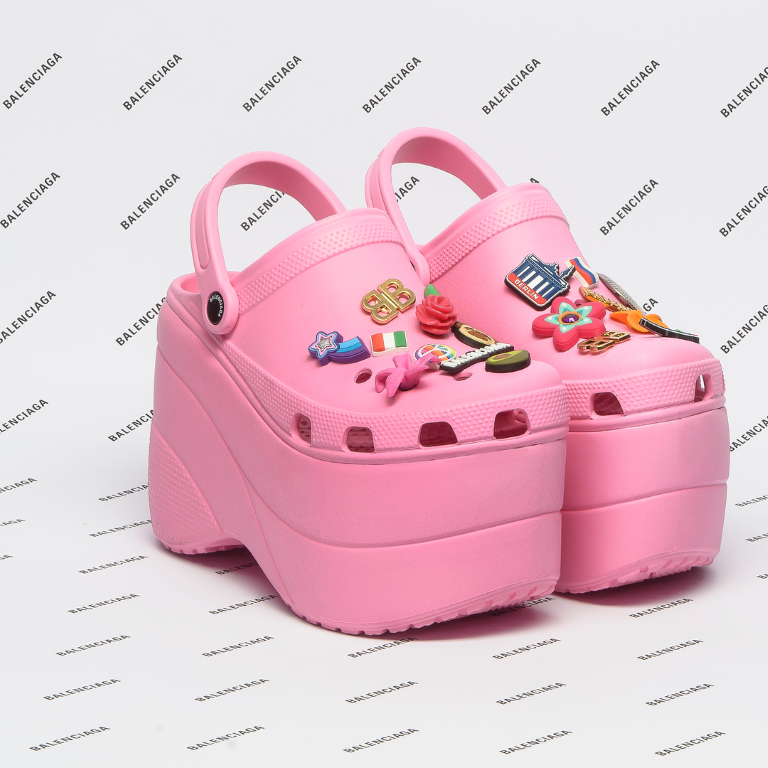
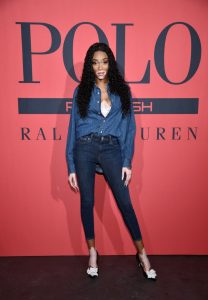
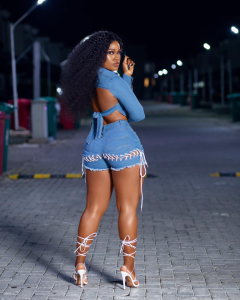
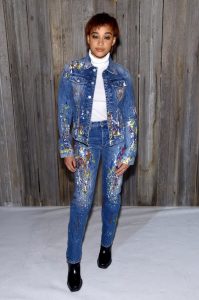
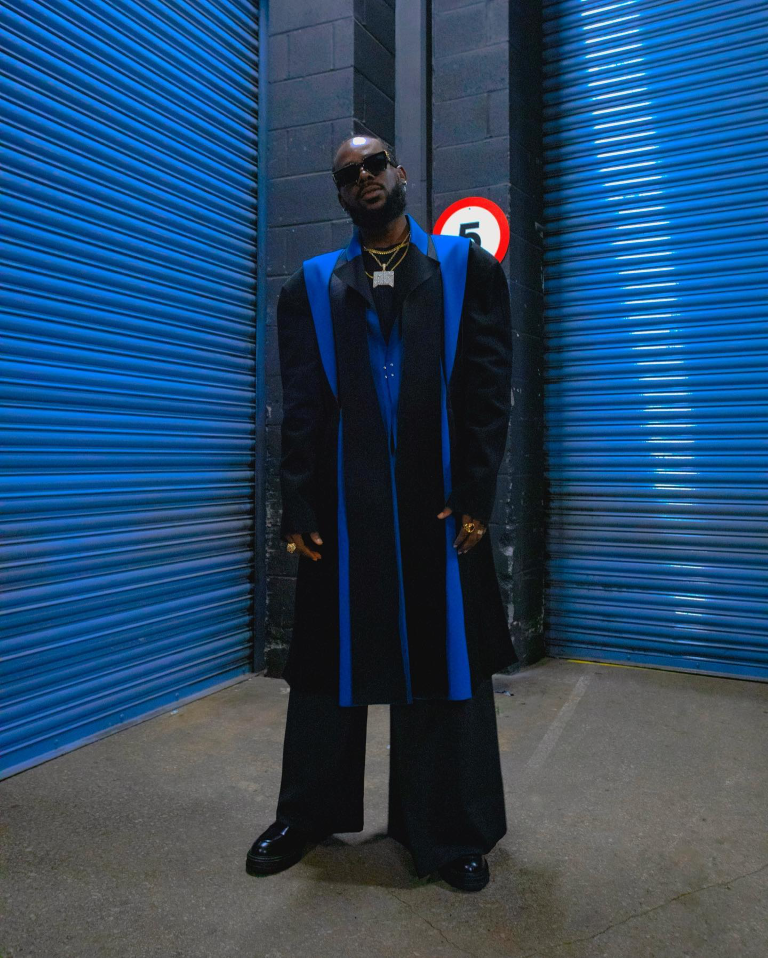
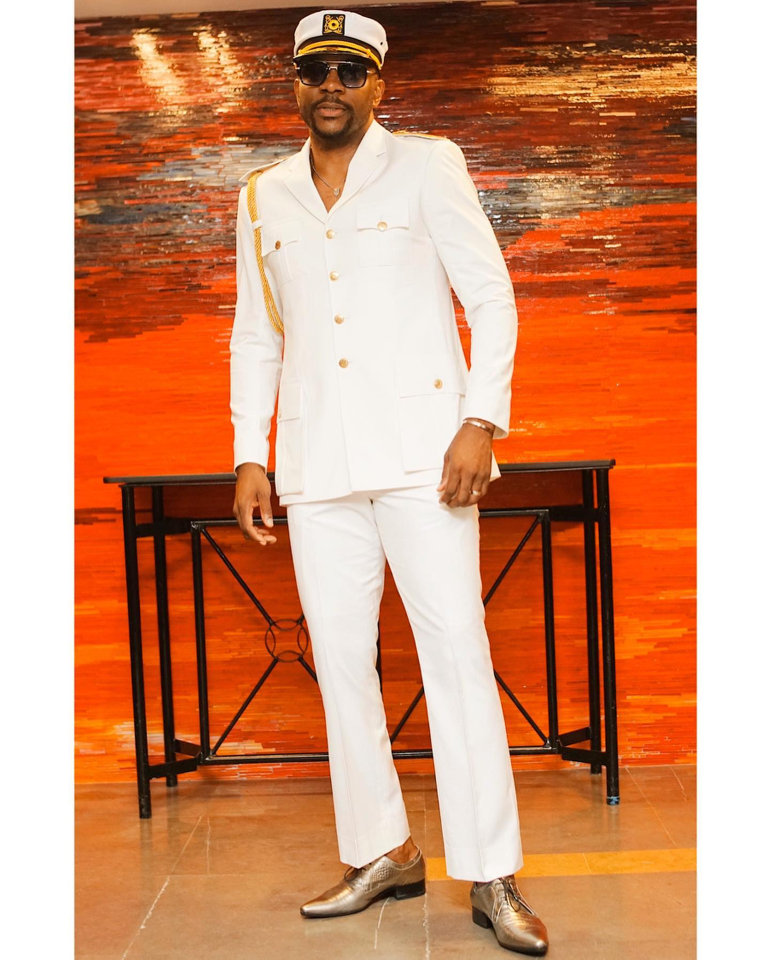
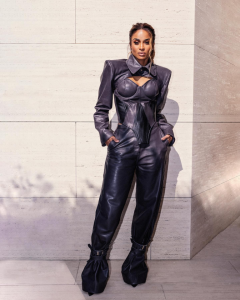
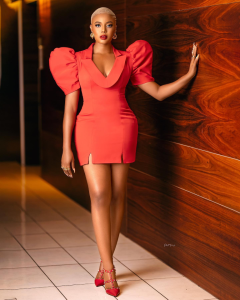
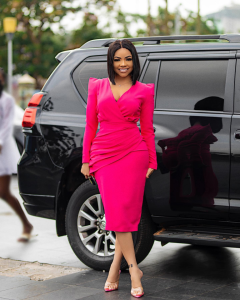
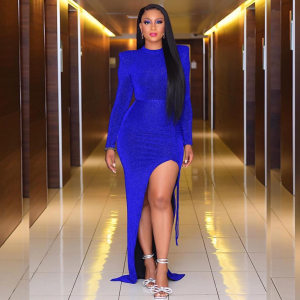
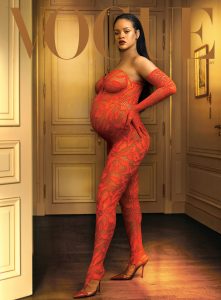
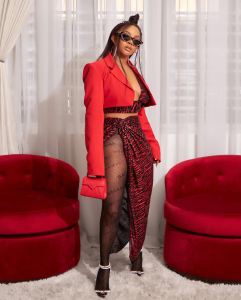

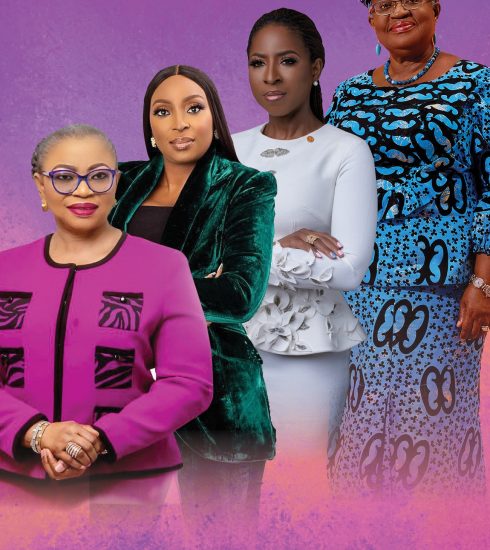
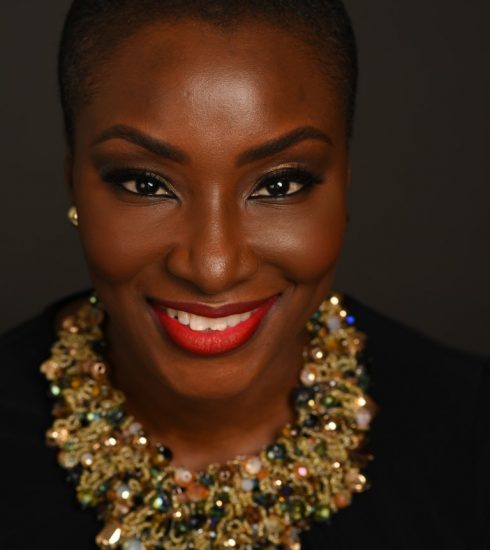
Style Resurrected Fashion Revival – Ritzman Tennis
1 year ago[…] Style Resurrected Fashion Revival In the ever-evolving landscape of fashion, trends often come full circle, experiencing a revival that breathes new life into classic styles and aesthetics. This phenomenon, known as Style Resurrected Fashion Revival, celebrates the timeless allure of bygone eras while infusing them with a contemporary twist. Join us as we delve into the world of fashion revival and explore how old becomes new again in the most stylish of ways. […]